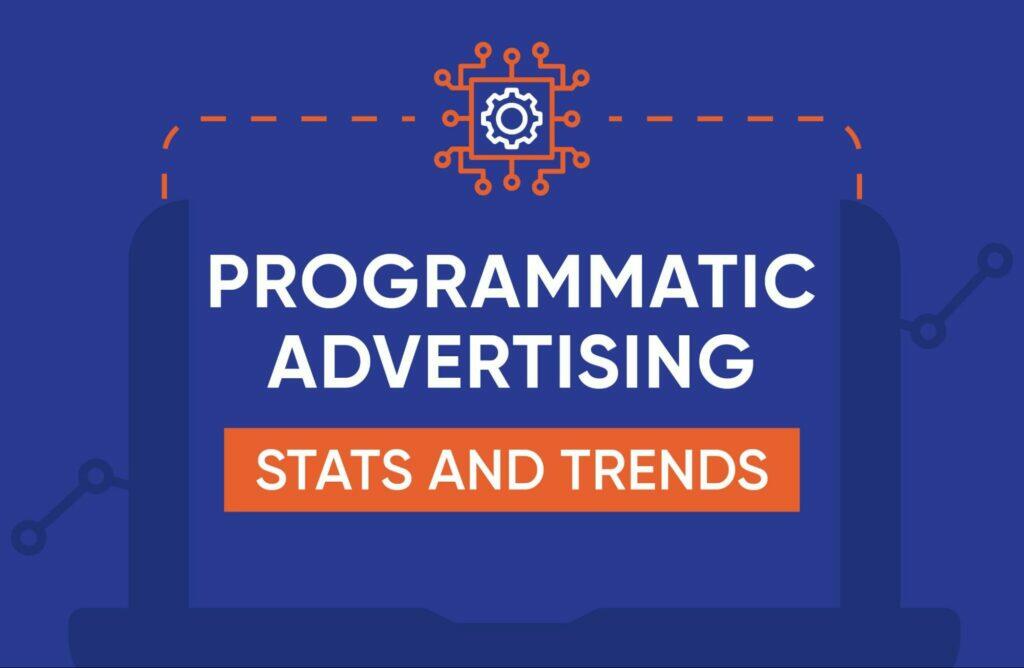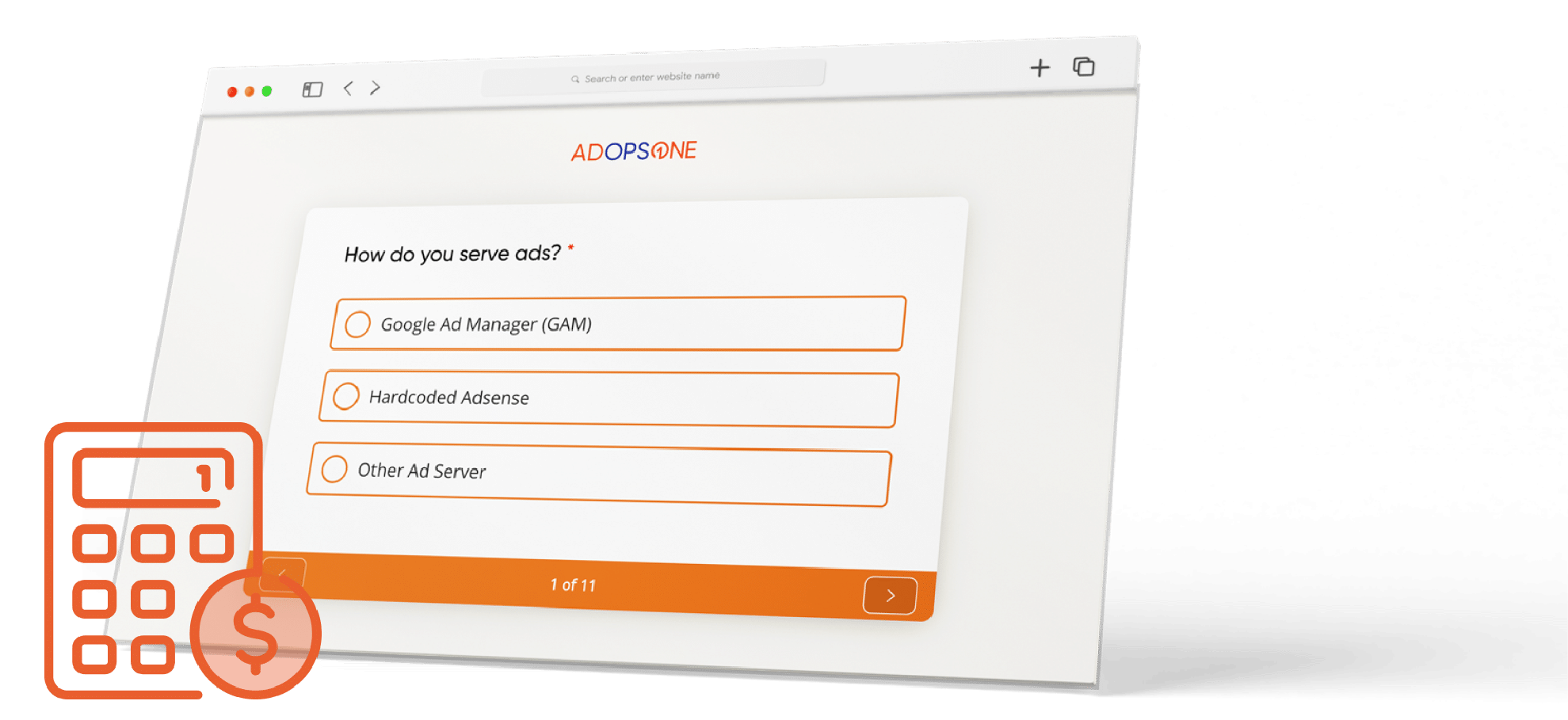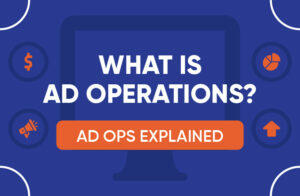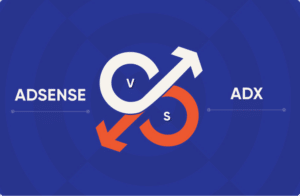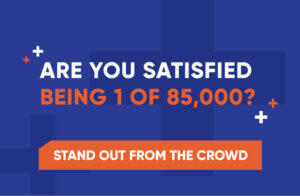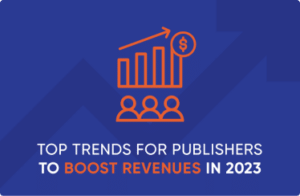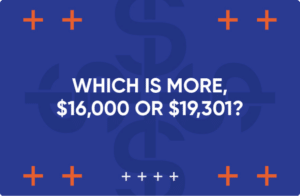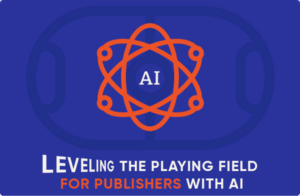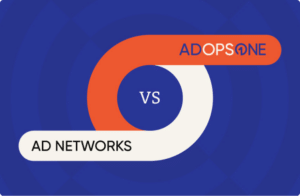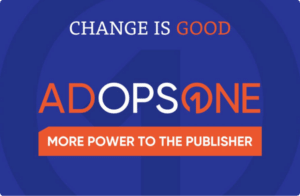The global market for programmatic advertising is experiencing an unprecedented boom.
Sample this—digital advertising spending worldwide is estimated to hit $679.8 billion in 2023. Of this, programmatic advertising is expected to account for $557.6 billion or 82% of the total.
It is clear that programmatic advertising is set to continue its domination over the global digital publishing and advertising landscape, even though conventional methods such as direct buying offer higher CPMs.
This is because for most publishers the ease, speed, and efficiency of programmatic advertising is a big draw. The ability to automate ad buying and targeting allows businesses to streamline their marketing efforts, offering more precise targeting and improved return on investment (ROI).
As new developments emerge within the industry—such as artificial intelligence (AI), cookieless marketing, and hyper-personalization—the programmatic advertising landscape is expected to undergo even more dramatic transformations.
Let’s look at some of the trends expected to drive the programmatic advertising industry in 2023 and beyond.
Programmatic Advertising Stats and Trends
1. The Rise of Multichannel Programmatic Advertising
Source: Statista
Users are increasingly accessing the internet through multiple channels. This means that advertisers must strive to meet their users where they spend the most time.
A channel is the path a user takes through a conversion funnel. In other words, a channel is a source of traffic. Channels include, but are not limited to:
-
- Searches, both paid and organic
-
- Social networks
-
- Newsletters
-
- Affiliates and referral sites
-
- YouTube videos
-
- Online games
-
- Apps
A 2023 report by StackAdapt and AdPerceptions across 100 digital marketing agencies in the UK with annual programmatic budgets over £511,650 found that 62% of all marketers trusted multi-channel advertising to meet or exceed key performance indicators (KPIs).
The study also found that 50% of the advertisers surveyed reported better ROI with multi-channel advertising.
This signals a shift in marketing strategies, emphasizing the need for businesses to deliver content seamlessly across multiple channels and devices while ensuring the brand story remains cohesive.
2. Better ROIs Are Leading to Increased Programmatic Ad Spending
The same StackAdapt and AdPerceptions study further found that 40% of the advertisers surveyed planned to increase their programmatic ad spend over the next 12 months, citing better ROI as one of the top reasons for doing so.
For publishers, the importance of this statistic is twofold.
First, it means that a programmatic approach can offer better returns for their efforts, providing more efficient utilization of their budget.
Secondly, it implies that publishers can expect their competition to significantly increase their investments in the programmatic space. Which in turn means publishers would now need to be better equipped in terms of technology and expertise to stand out from the competition. This brings us to the next major trend shaping the industry, which is the rise of third-party experts in the field to help publishers.
3. Partnering with Third-party Experts
Ad ops is complex and is likely to become more so as ad tech solutions develop. Despite the clear advantages of programmatic advertising, not every publisher has the internal resources or expertise to execute it effectively.
For publishers, this trend is a call-to-action. Building strong relationships with third-party ad ops services providers can provide access to expertise and resources that might otherwise be unavailable.
AdOpsOne, for example, provides a suite of managed services for publishers using GAM that takes care of all the grunt work involved in running programmatic campaigns. From monitoring unified pricing rules (UPRs) to managing relations with demand partners and providing full-scale tech support, we take care of all the complex day-to-day ad ops tasks, essentially acting as a publisher’s in-house ad ops team.
Such partnerships enhance a publisher’s ability to run successful programmatic campaigns, reducing the stress of strategy creation and execution, and enabling them to focus on other initiatives to drive their brand forward.
4. The Rise of Cookieless Attribution
Ever since they were first introduced in 1994, advertisers and publishers relied heavily on third-party cookies to track user behavior in order to create more targeted and precise ads.
With Google preparing to phase-out third-party cookies in 2024, advertisers and publishers are now actively exploring alternatives to better predict user behavior and track user journeys through the conversion funnel.
The use of user-generated IDs is one of the most popular solutions being deployed by advertisers to replace third-party cookies. The latest version of Google’s analytics platform, GA4, leverages user-generated IDs to track visitor behavior across different sessions, platforms, and devices.
Using first-party data is another effective alternative to third-party cookies. For instance, Opinary is a tool that helps publishers capture first-party user data by inserting surveys and questionnaires within the body of an article. The collected user data is used to model lookalike audiences that advertisers and publishers can target through their programmatic campaigns.
5. AI in Programmatic Advertising
As programmatic bidding becomes more efficient, it is also becoming more complex. This means publishers end up having to invest significant time and resources in repetitive, complex tasks such as determining optimal floor prices for RTB auctions, gleaning insights from ad exchanges and applying them to audience segmentation, etc.
Artificial intelligence (AI) can help automate these tasks, freeing up time and resources.
For instance, AdOpsOne leverages AI to provide its publishing partners with a consolidated view of their fragmented ad ops ecosystem, including all of their supply side platforms (SSPs), demand-side platforms (DSPs), ad exchanges, ad networks, as well as the various ad formats they’re working with. At the same time, it also automates the mundane, repetitive tasks involved in constantly monitoring eCPMs, and proposes actionable solutions to shore up falling rates.
The result is a leveling of the playing field, where even small publishers can access the kind of resources that DSPs use to optimize their CPMs and return on ad spend (ROAS).
6. The Growth of Connected TV (CTV)
Source: Statista
Connected TV (CTV) saw the most significant growth of all video formats in 2022. In the US, this meant CTV programmatic display advertising spend climbed to an estimated $8.88 billion that same year, up by 28% year-on-year.
This growth can be explained by the growth in numbers of people transitioning toward streaming services for their entertainment needs.
For publishers, the continuing rise of CTV represents untapped potential across a new frontier. Given the immersive nature of CTV, this platform can also offer a more engaging and impactful way to tell a brand’s story, resulting in better and more engaging creatives.
7. Video Ads’ Rising Dominance of Programmatic Advertising
In 2022, video accounted for 82% (PDF download) of all consumer traffic on the internet. Video remains the most popular medium for high-impact ads, with advertisers in the US expected to spend $74.88 billion dollars on programmatic video ads in 2023.
As more consumers prefer video over other types of content, publishers must align their strategies accordingly to maximize their programmatic advertising efforts. Embracing this trend can help publishers reach more audiences, increase engagement rates, and ultimately, drive higher returns on their advertising investments.
8. Programmatic Audio Advertising’s Growing Potential
Audio advertising, especially within podcasts, is proving to be an attractive channel for programmatic advertising. Research shows the potential reach of podcasts, revealing that 80% of podcast listeners will listen to most, if not all, of an episode.
This level of engagement presents a lucrative opportunity for programmatic audio advertising, ensuring the message gets across to a highly engaged audience.
For advertisers and publishers, this trend serves as a strong indication of where consumer attention is headed. With an engaged, captive audience and an ad medium that resists blocking, programmatic audio advertising could be a significant revenue driver.
Advertisers that incorporate this trend into their advertising strategies could potentially see significant benefits in terms of audience reach, engagement, and ad revenue.
9. In-Game Programmatic Ads
The mobile gaming market recorded revenues of $286.5 billion in 2023. Growing at a compounded annual growth rate (CAGR) of 7.08%, it’s expected to bring in $376.7 billion in revenue from 2.32 billion users by 2027.
For advertisers, this represents a vast and largely untapped frontier that can be exploited with in-game programmatic ads.
The novelty of in-game ads is that they can be integrated within the gaming experience itself, by allowing the user to win tokens on coins each time they watch an ad. Ads can also be placed at the bottom or top of the mobile display, much like banner ads in conventional display advertising.
The Future of Programmatic Advertising
The global programmatic advertising market is expected to be worth $725 billion by 2026, highlighting its role as perhaps the most important cog driving the future of online advertising.
As businesses continue to increase their programmatic ad spending, new trends, and opportunities are emerging, such as the growth of CTV, podcasts, and mobile games as important programmatic channels of the future.
At the same time, programmatic ad technology is becoming more powerful and complex in order to meet the demands of these new and emerging forms of advertising.
For publishers, the need to adapt and evolve has never been more critical. To remain competitive in this dynamic environment, they need to keep pace with the fast moving technology driving programmatic ad ops.
AdOpsOne has been at the forefront of helping publishers using Google Account Manager (GAM) make the most of their programmatic advertising strategy.
Our AdOpsOne Dashboard consolidates insights from GAM, Google Analytics (GA), and other monetization partner data into one easy-to-read dashboard. This saves publishers countless hours spent in monitoring their eCPMs and making sense of complicated reports.
Get in touch with AdOpsOne today to learn more about how we can help you manage your programmatic ad ops through our cutting-edge tech that marries the most advanced AI with industry-leading human expertise.
